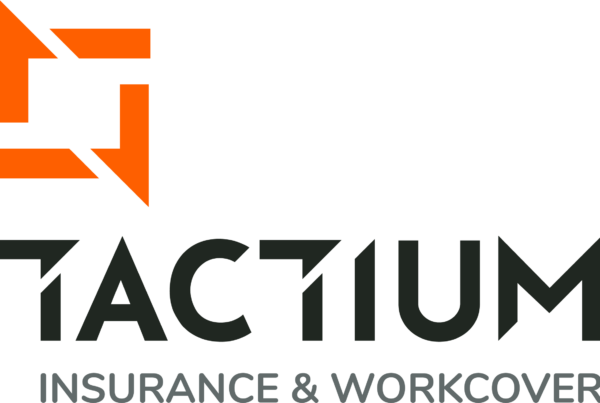Early in my WorkCover career, I worked in roles handling a wide range of employers’ WorkCover premiums. I noticed a great variety of employers who either chose to take out – or to avoid – the buyout feature on their policy. But I never noticed a trend regarding those who did or did not. It led me to question whether employers really understood the decision they were making.
What is the WorkCover buyout?
The buyout option is a feature you can add to or remove from your policy. Ordinarily, you need to pay the first $707 of medical and like expenses and the first 10 days of weekly compensation payments. Taking the buyout option removes the need for you to pay these excesses on claims lodged against you. WorkSafe will cover these costs from day one. The trade-off, however, is a 10% increase in your premium.
Should you take up the buyout feature or not?
The answer comes down to whether or not it makes financial and strategic sense. You could try to predict how many claims your workers will lodge against you in the year ahead. If you expect that the cost of the excess for these claims would be higher than 10% of your premium, then a buyout might be worthwhile. But if you intend to have few to no claims, or you are working to reduce your claim frequency, you won’t want the buyout.
I universally advise against taking the buyout. You don’t want claims. And if you never draw on the buyout feature, you get nothing in return for the extra 10% WorkCover premium you pay. The buyout encourages you and your workers to lodge more claims than you otherwise would. While you don’t have to pay the excess, all these claims could lead to premium increases that go well beyond 10%. And if you only support employees who go through WorkCover, you could become trapped in a ‘claims culture’.
What’s the better option?
Instead of paying an extra 10% on your premium – and potentially getting nothing in return – create an internal budget equal to or more than that figure, and use it to develop strategies that benefit everyone. Now you can justify investing in the health and wellbeing of your whole workforce, driving down injuries and your premium.




